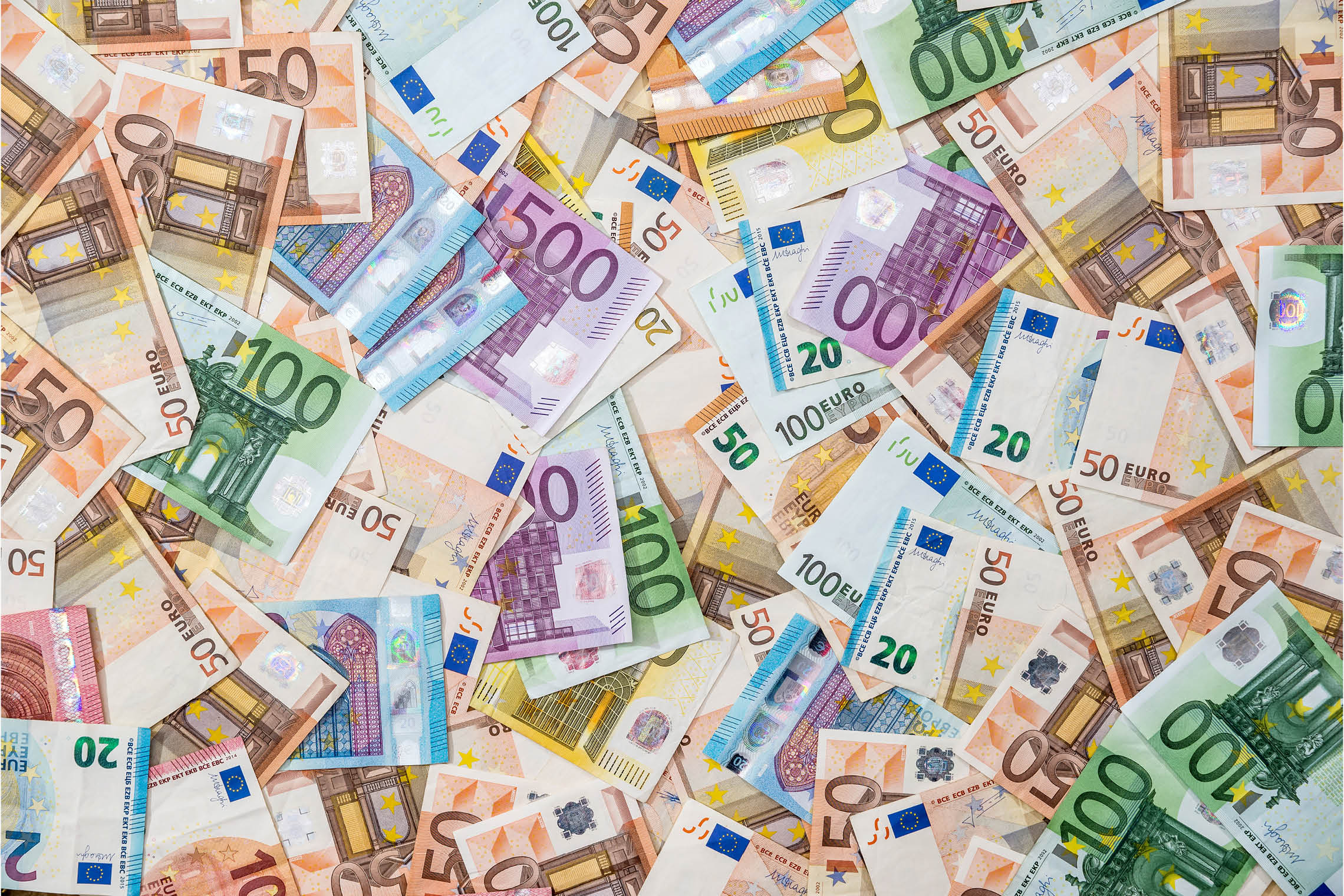The Euro Shows Muscle Again
Author - Andreas Auer
Who would have imagined this last September, when the euro/USD fell below 1 and the first euro skeptics saw the end of the common currency approaching? Yet the reasons for this development were clear to see: On the one hand, the U.S. Federal Reserve began raising its key interest rate earlier - and also quite aggressively - than the European Central Bank. On the other hand, the euro did not look attractive to investors in a global comparison due to the war in Ukraine.
But the picture has changed. Investors are looking to the future, and there are definitely arguments in favor of the euro. It is still the case (and will remain so for some time) that the key U.S. interest rate is higher than that of the euro zone. However, many observers are already expecting interest rate cuts in the USA before the end of the year. Market participants who believe that interest rates will be cut soon cite two reasons for this: First, the risk of a recession in the second half of the year is considered to be very high, which is illustrated by the inverse yield curve (the short end of the yield curve is above the long end). On the other hand, a renewed political drama surrounding the debt ceiling looms in the summer. Given the balance of political forces, this could be a particularly dramatic play. As a result of these two factors, the central bank might be forced to act and the monetary policy brake would have to be eased again. While we do not think recession worries are unjustified, we do think they are premature. For this reason, we do not share the market's assessment and do not currently expect the Fed to change course quickly.
Inflation - higher for longer
Interest rate cut expectations or even hopes in this regard are not yet an issue in the euro zone. However, this is because general inflation in the euro zone (in March, the harmonized consumer price index was 6.9% p.a.) is higher than in the United States. The March PCE inflation rate was 4.2% p.a., PCE stands for the value of private consumer spending and is particularly taken into account by the FED. In addition, it remains to be seen whether inflation will not become entrenched due to second-round effects (e.g. a wage-price spiral) and thus remain too high for longer. For this reason, we expect the ECB's rate hike cycle to last longer than that of the U.S. Fed. Yes, the U.S. fed funds rate will still be higher than its euro counterpart, but the very fact that expectations diverge (expectations of rate cuts vs. expectations of further hikes) supports the euro in our view.
We actively manage currency risks and control them with a consistently implemented strategy. Consequently, any currency development is also evaluated on an ongoing basis and the orientation adjusted if necessary. We currently expect the relative strength of the euro to continue and keep the U.S. dollar exposure correspondingly low.
Disclaimer
This document is a promotional communication and not an offer or recommendation to buy or sell any financial instrument and does not constitute a legal sales document.
Yields may rise or fall as a result of currency fluctuations.
